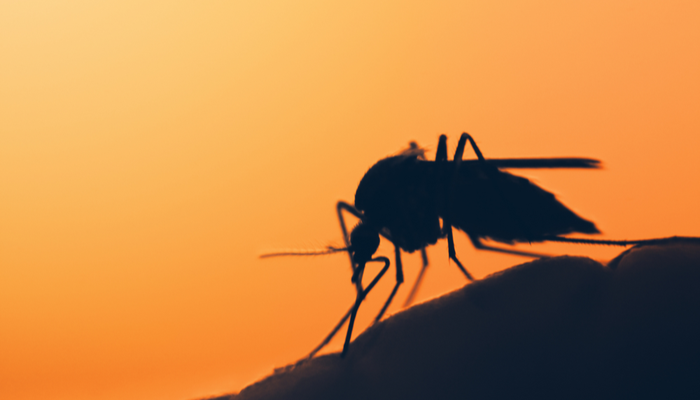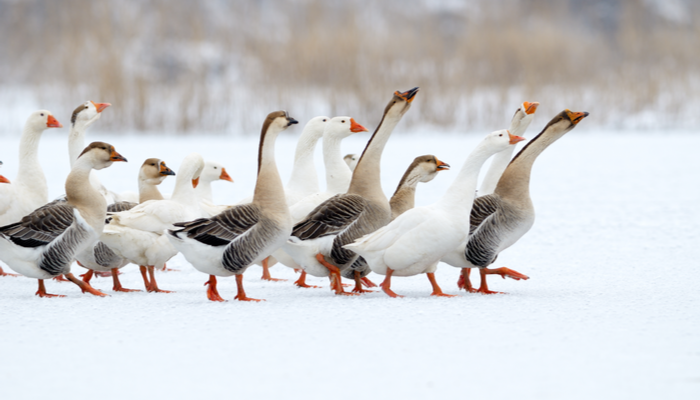.jpg?width=700&height=400&name=So%20much%20science,%20so%20little%20time%20(March%202018%20edition).jpg)
When it came to scientific breakthroughs, March really was another exciting month with many new and inspirational discoveries announced almost every day. As busy life science enthusiasts ourselves, we understand how difficult it can be to keep abreast of these new developments whilst dealing with a busy workload. So once again, we’ve singled out our favourite stories, from the potentially life-changing to the definitely amusing!
Shirley a milkshake worth having?
Not only is it one of the strangest-looking animals on the planet—a medley of duck, beaver and otter body parts—but the Australian platypus is also one of only two groups of mammals to lay eggs instead of giving birth to live young (we’re trying not to picture a platypus omelette either). Oh, and it’s also venomous, but don’t hold that against our billed buddies, as their milk may hold the key to developing a new type of antibiotic!
A team of Australian scientists has discovered that platypus milk contains a protein with strong antibacterial properties, useful against some of the world’s most resistant pathogens. Referred to as the ‘Shirley Temple’ protein (no, seriously) because of its ringlet-like formation, the newly found compound has a novel structure which could help drive the development of innovative approaches to treating microbial infections. Anyone up for a trip down under for a milkshake?
Scarless wound healing made possible?
Mother nature, it seems, knows best. It’s no exaggeration to say that our very existence wouldn’t be possible if it wasn’t for fibronectin, a protein that promotes cell adhesion, growth and migration, aiding embryogenesis. It’s also the same protein that gives foetal skin its unique capability for fast and scarless wound healing. Although this knowledge has been available to scientists since the late 1970s, replicating the unique properties of foetal skin had proven challenging—until now!
Researchers from the US have manufactured fibronectin fibres and used them to develop a wound dressing that improves tissue regeneration, accelerating the healing process. The dressing was tested in vivo and exhibited an 84% tissue-restoration capacity within 20 days (compared to just 55.6% observed when using a conventional dressing). What’s more, epidermal thickness and dermal architecture were almost entirely restored, and even hair follicles were regenerated! Hair-raising stuff!
Let there be sight!
A team of UK ophthalmologists have come one step closer to identifying a treatment for severe sight loss due to age-related macular degeneration (AMD). The researchers used human embryonic stem cells to grow tissue to replace damaged retinal pigment epithelium cells. The treatment was successfully given to two patients, who went from not being able to read at all, to reading 60 to 80 words per minute with the help of normal reading glasses! The results are extremely promising, especially as no severe side effects have been reported 12 months after the procedure.
AMD affects more than 600,000 people in the UK alone, whose quality of life could significantly improve if their central vision was to be even partially restored. The researchers hope that a new therapy could be made available to NHS patients within as little as five years. We’ll keep an eye out for it!
Here’s to hoppier beer!
Good news for lovers of hoppy flavoured beer (so us, and pretty much everyone else we know). Researchers from the University of California, Berkeley, have made a hoppy beer without the use of traditional hops. By using genes from basil and mint, they developed yeast strains that give beer a hoppy taste that is consistent yet much stronger than those usually given by natural hop flowers. Beer enthusiasts confirmed the deliciousness of the bitter, distinctive flavour of the new brew through a blind taste test (we’re currently writing to the researchers to see if they need volunteers for future experiments).
Hop flowers are expensive and require billions of litres of water to grow. That motivated the researchers to find an alternative, more cost-effective and environmentally-friendly method of brewing. On the back of their research, two of the scientists have launched a start-up company to supply the brewing industry with the newly discovered yeast strains. But don’t go drooling over this new beer just yet, as there’s still some way to go before the new technology is implemented in commercial brewing. We will be following the developments very closely and thirstily.
Giving arm amputees a greater sense of movement
Since their advent, prosthetic limbs have come a long way. Most recently, researchers from the US and Canada have teamed up to build kinesthetic sense (the ability to sense the position and movements of one’s own body) into the artificial upper limbs of six amputees. Using an automated neural-machine interface (they must have had one lying around), scientists were able to vibrate the muscles used to control prosthetic hands, creating an illusory movement perception.
The amputees that took part in the study reported greater control of their artificial arms, and were able to perform more precise grip and pinch movements. Although the initial results are certainly encouraging, the researchers highlighted the need to perform further experiments on larger groups of participants. Still, this approach has the potential to change the lives of amputees across the world for the better—which is good enough to put us in a good mood!
Are you keen to stay well-informed about the latest life science discoveries and winning marketing strategies? Then why not subscribe to our monthly newsletter?





